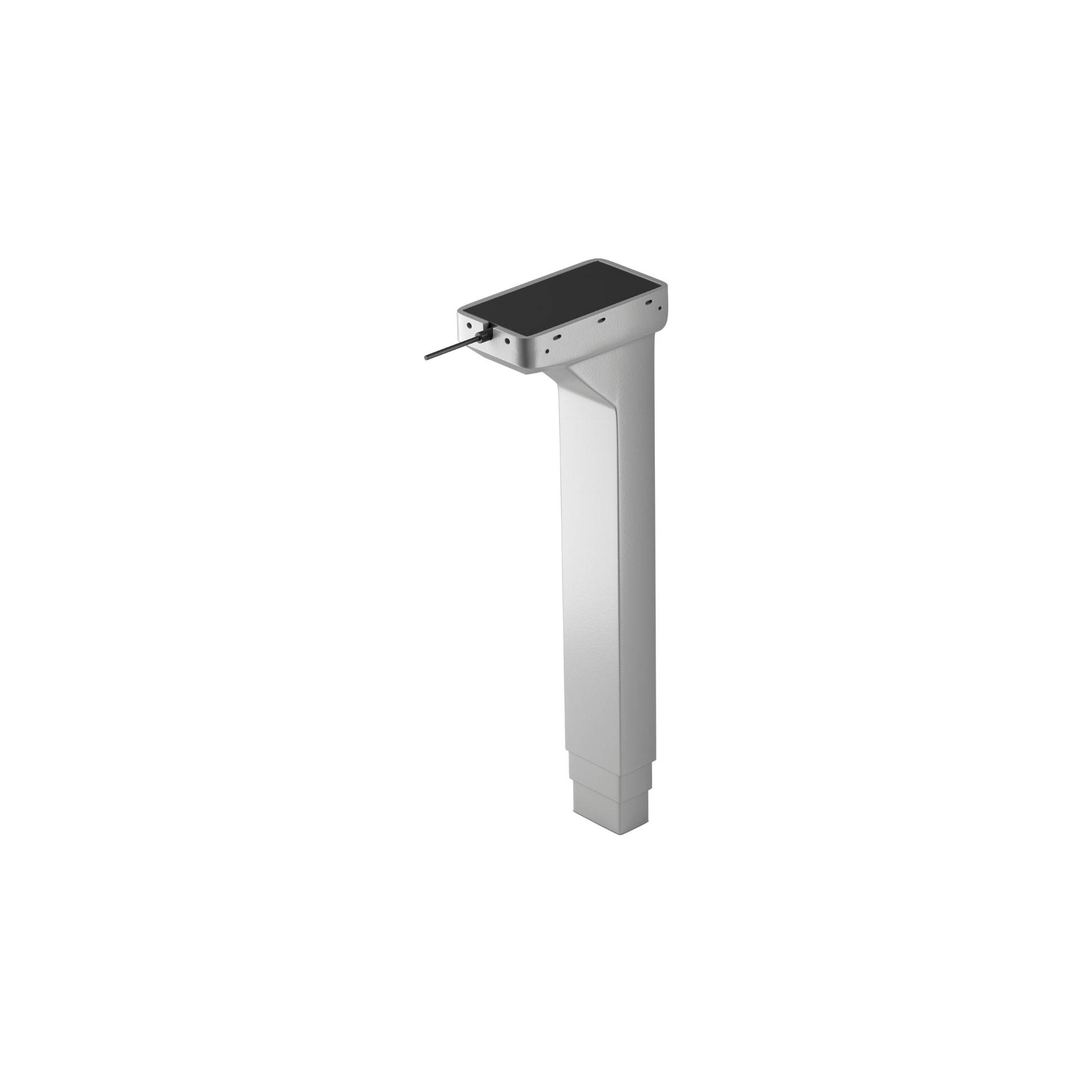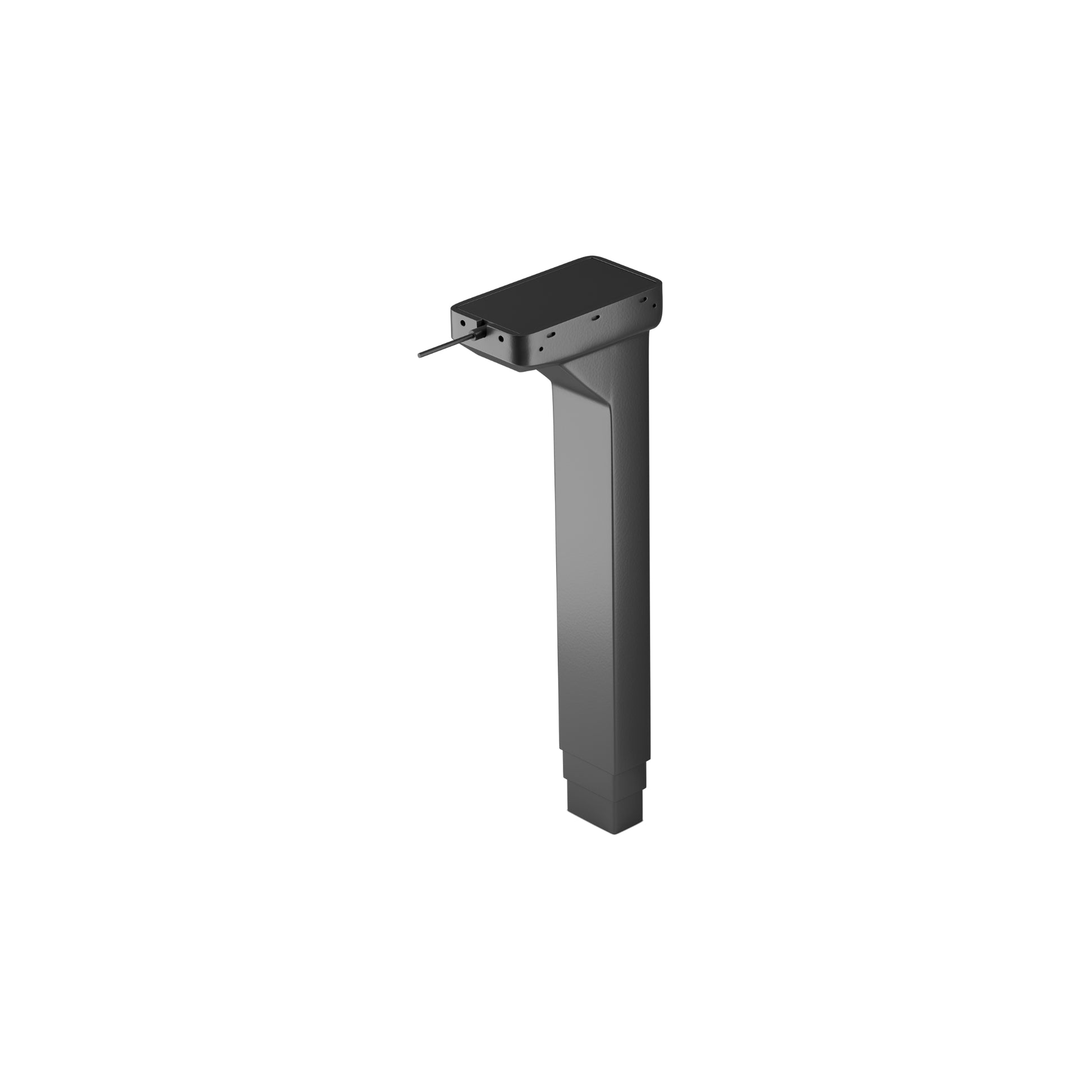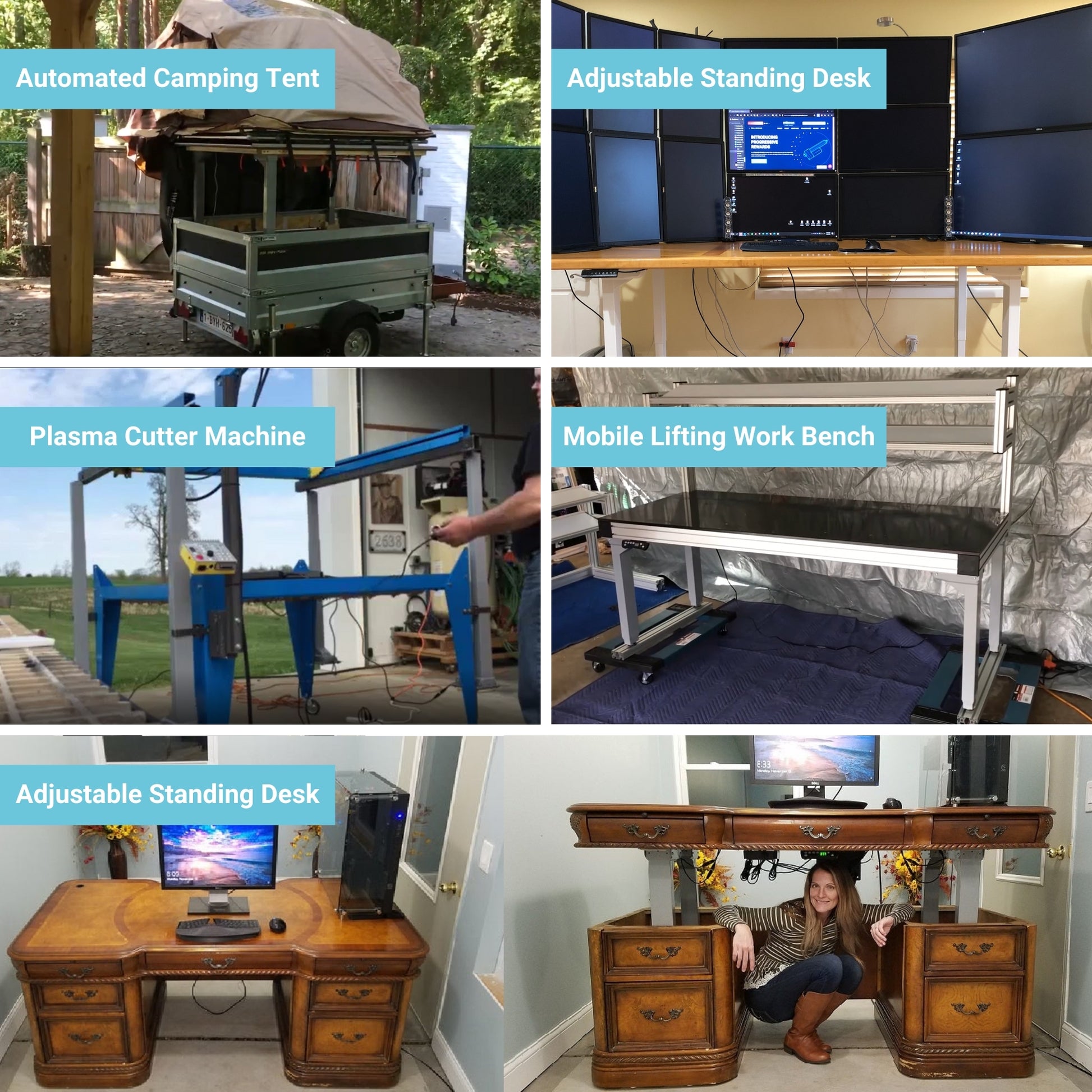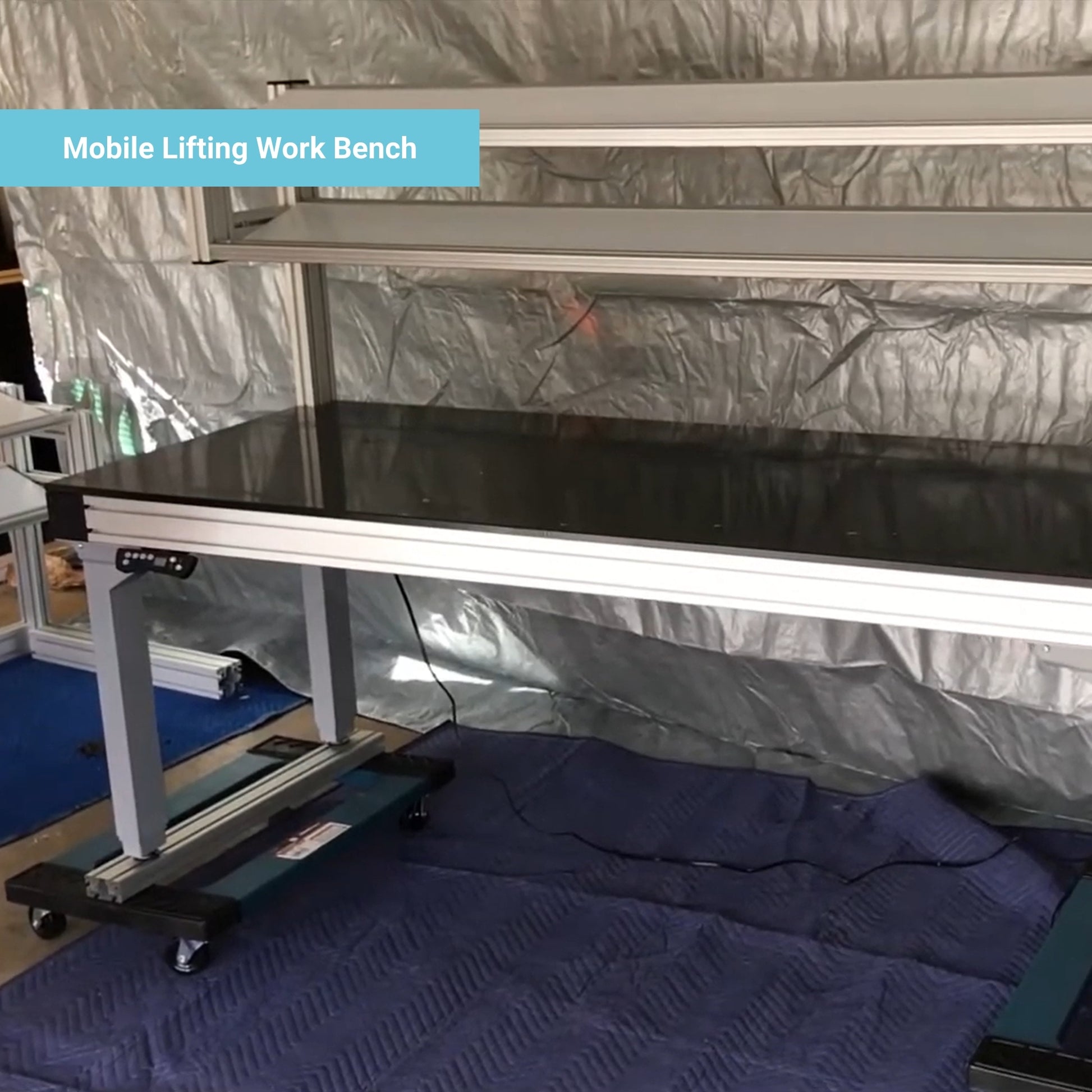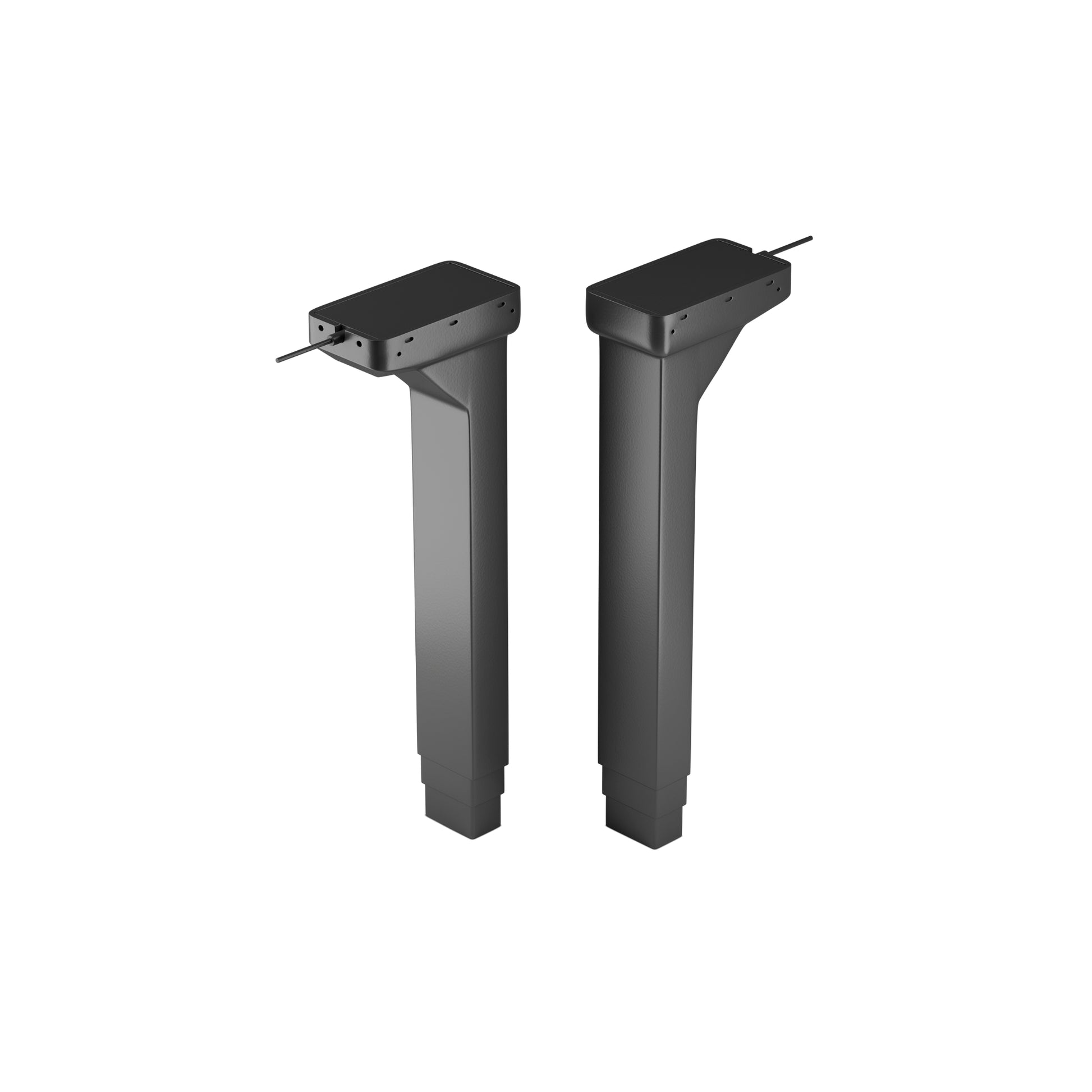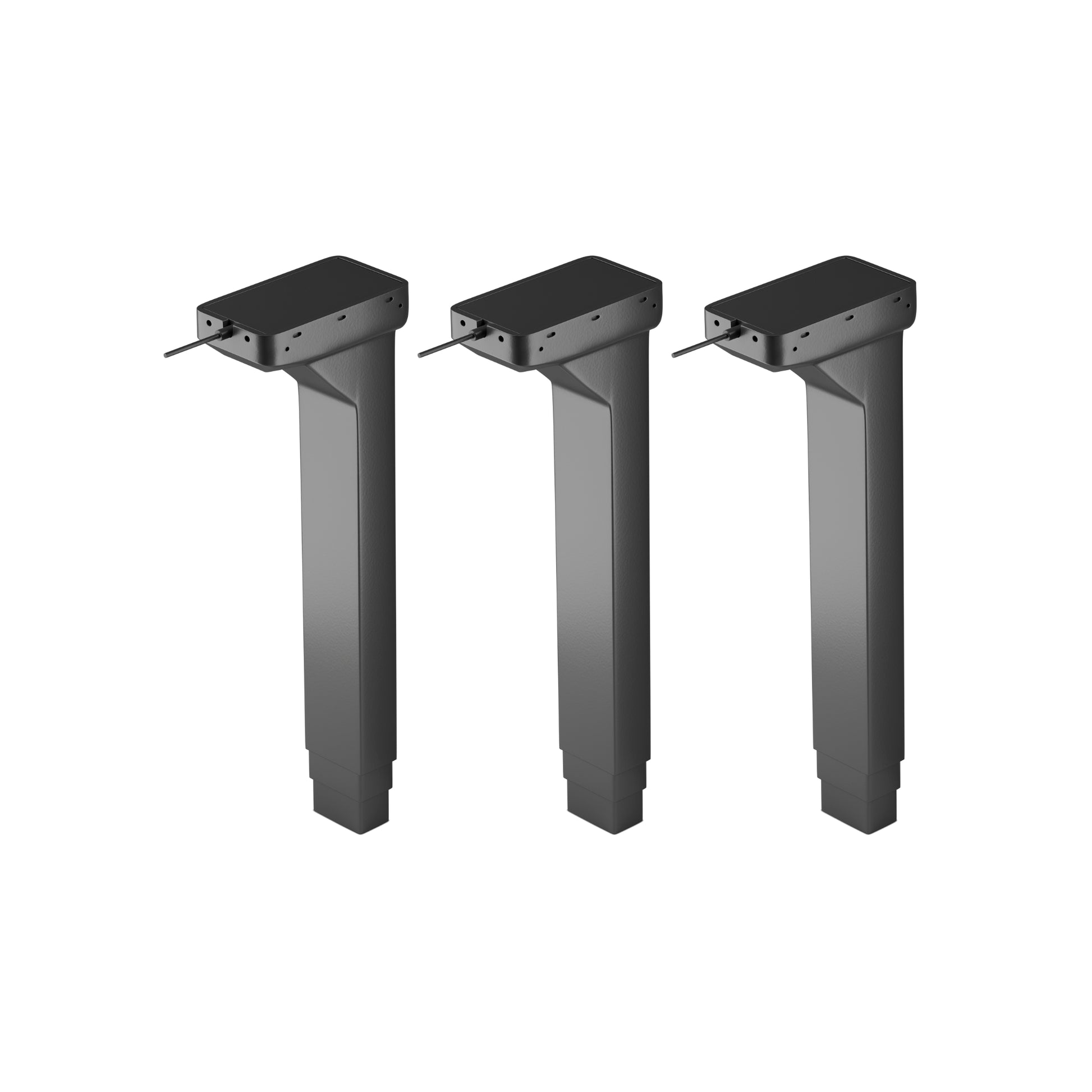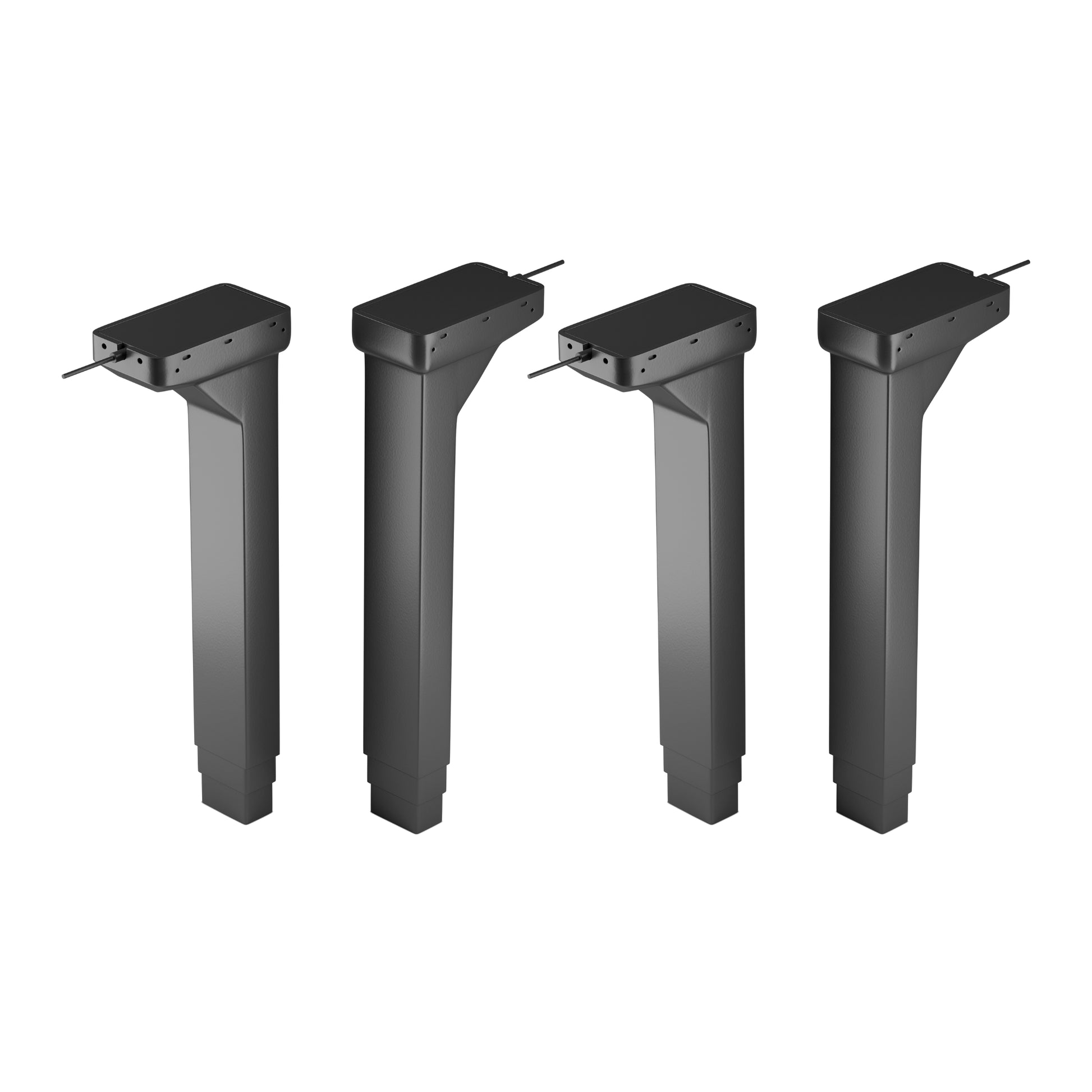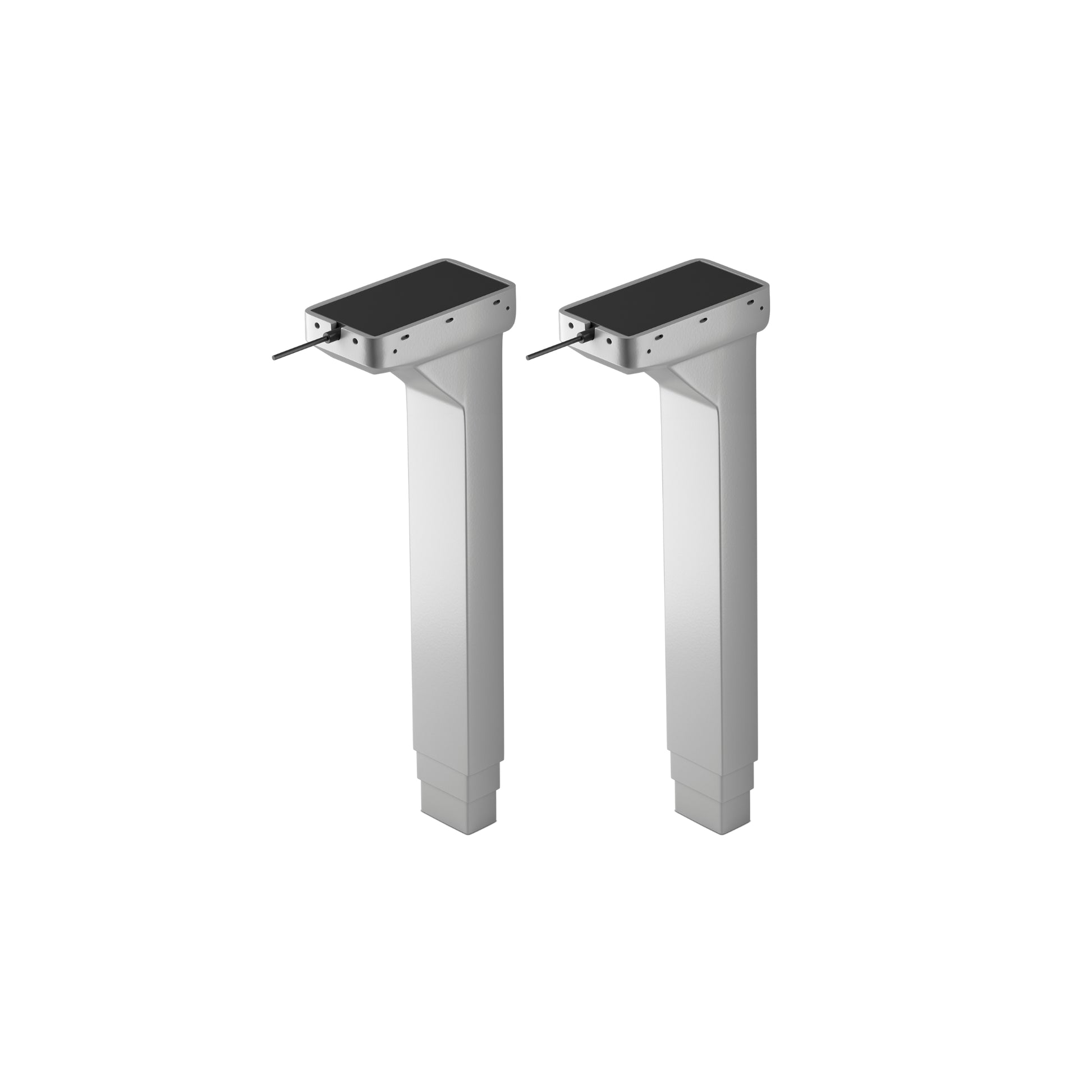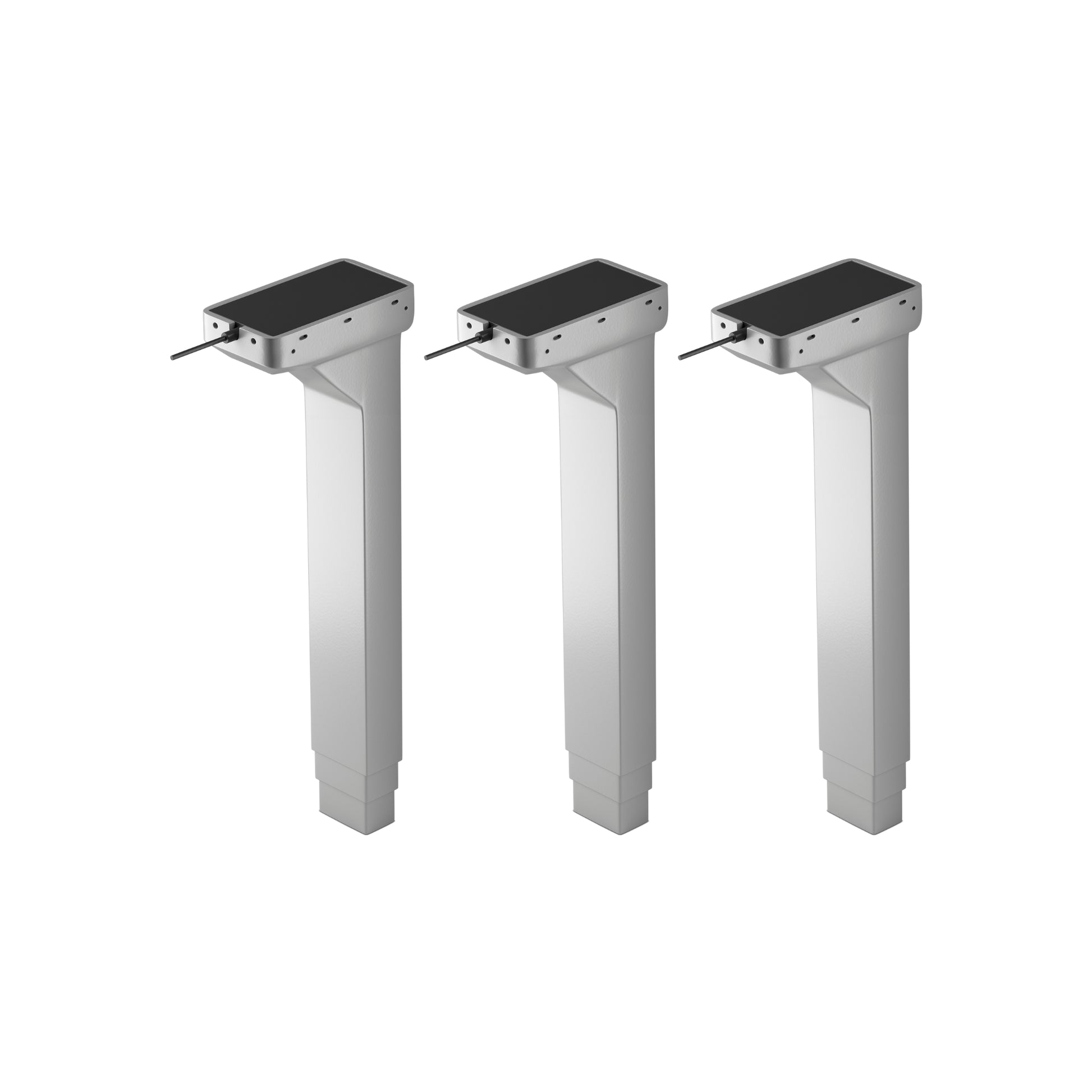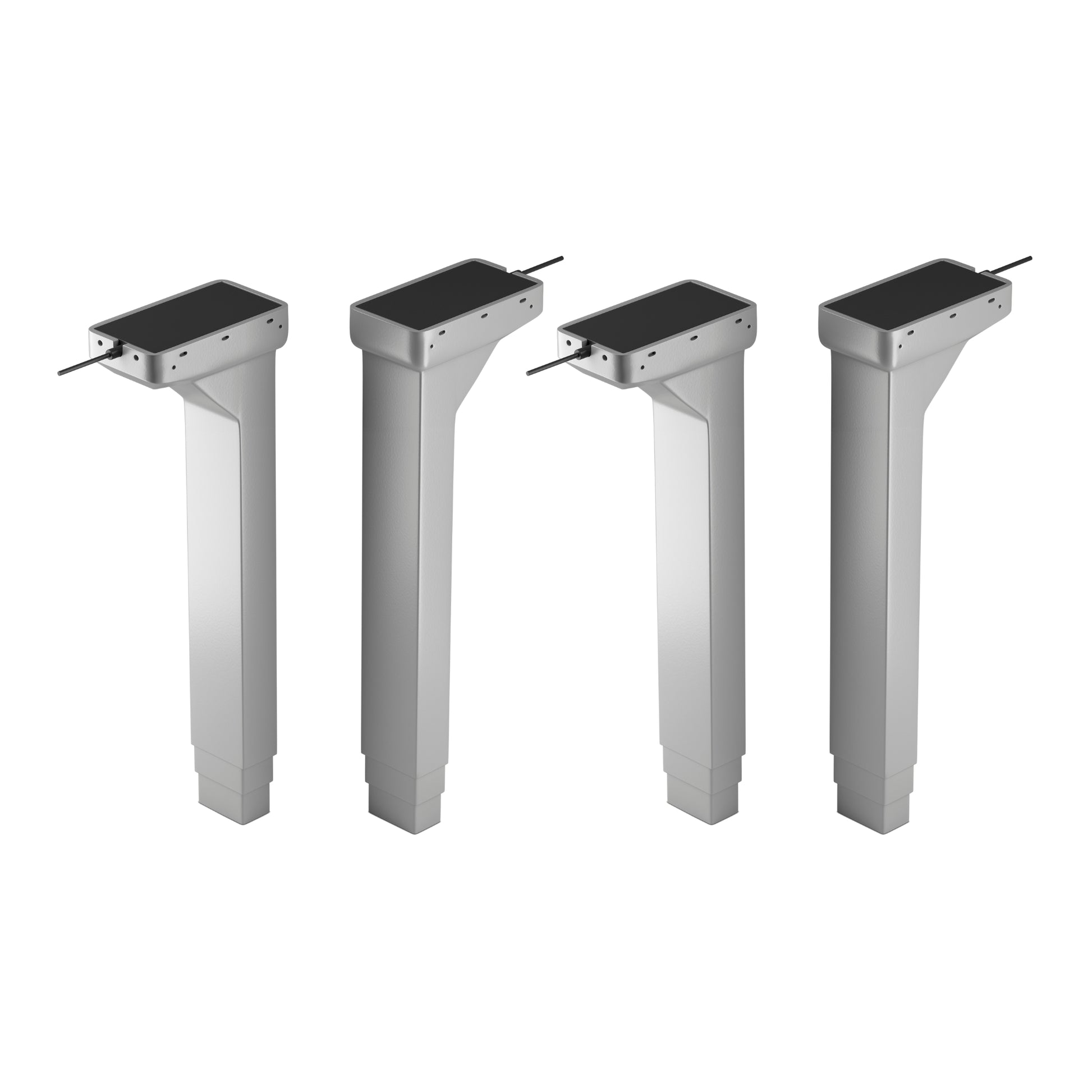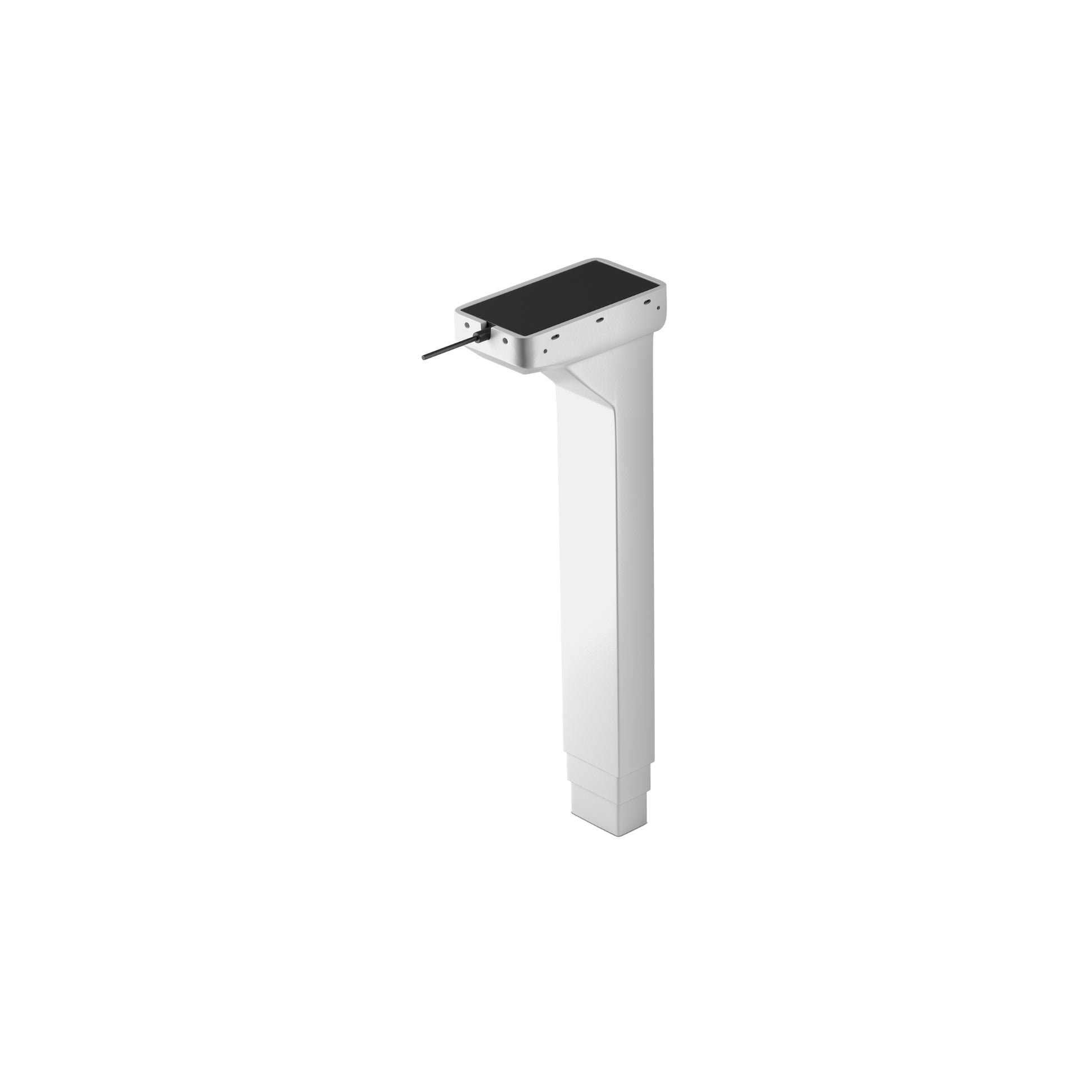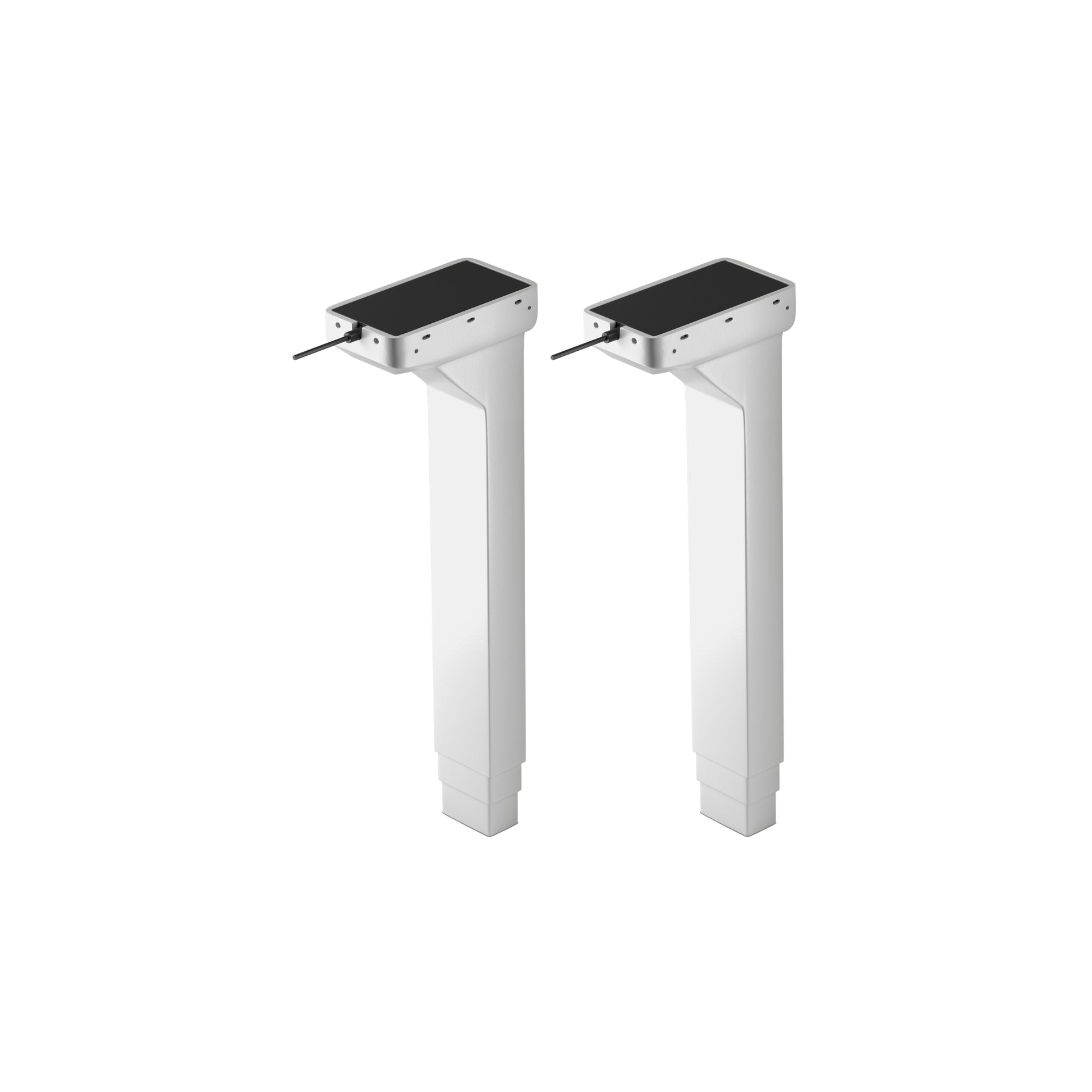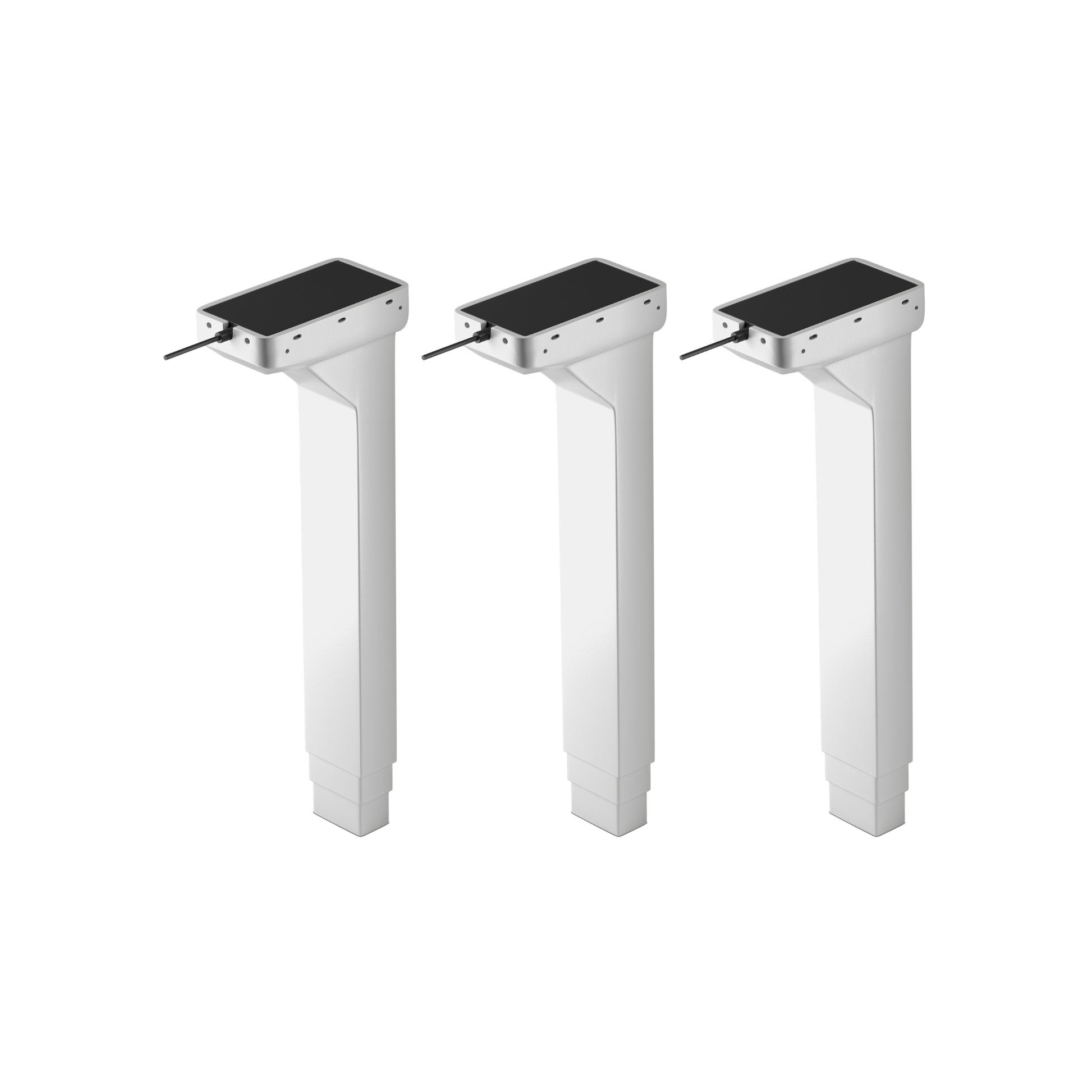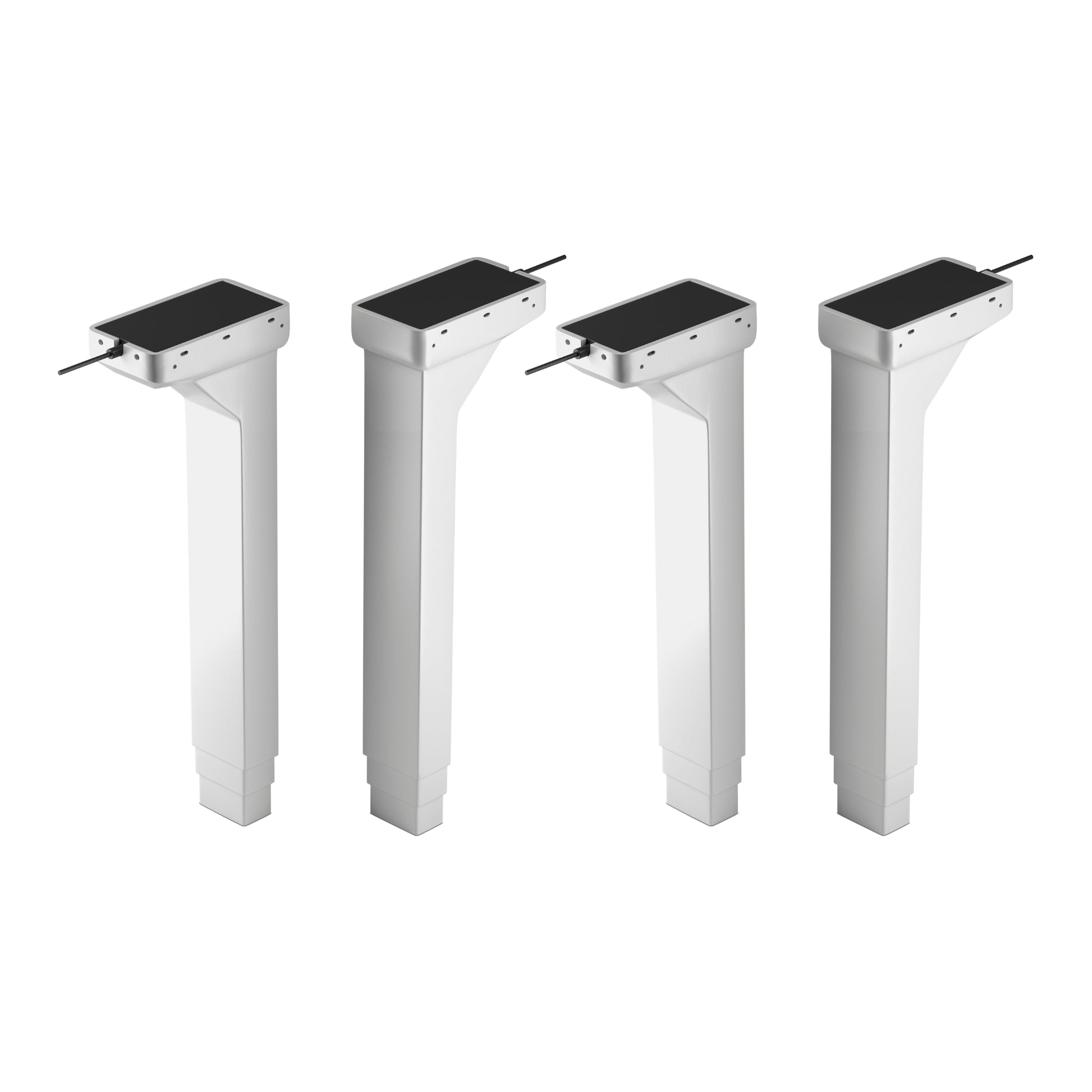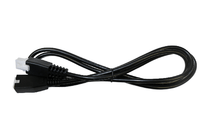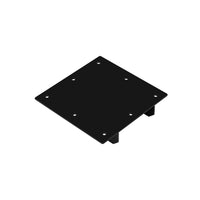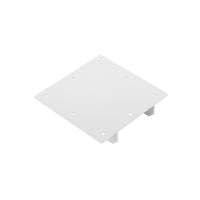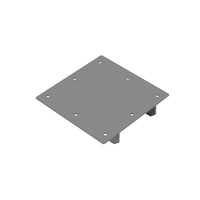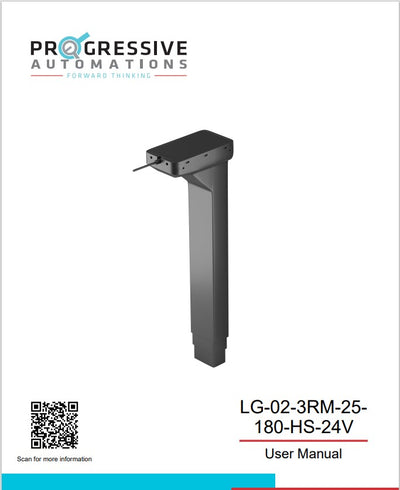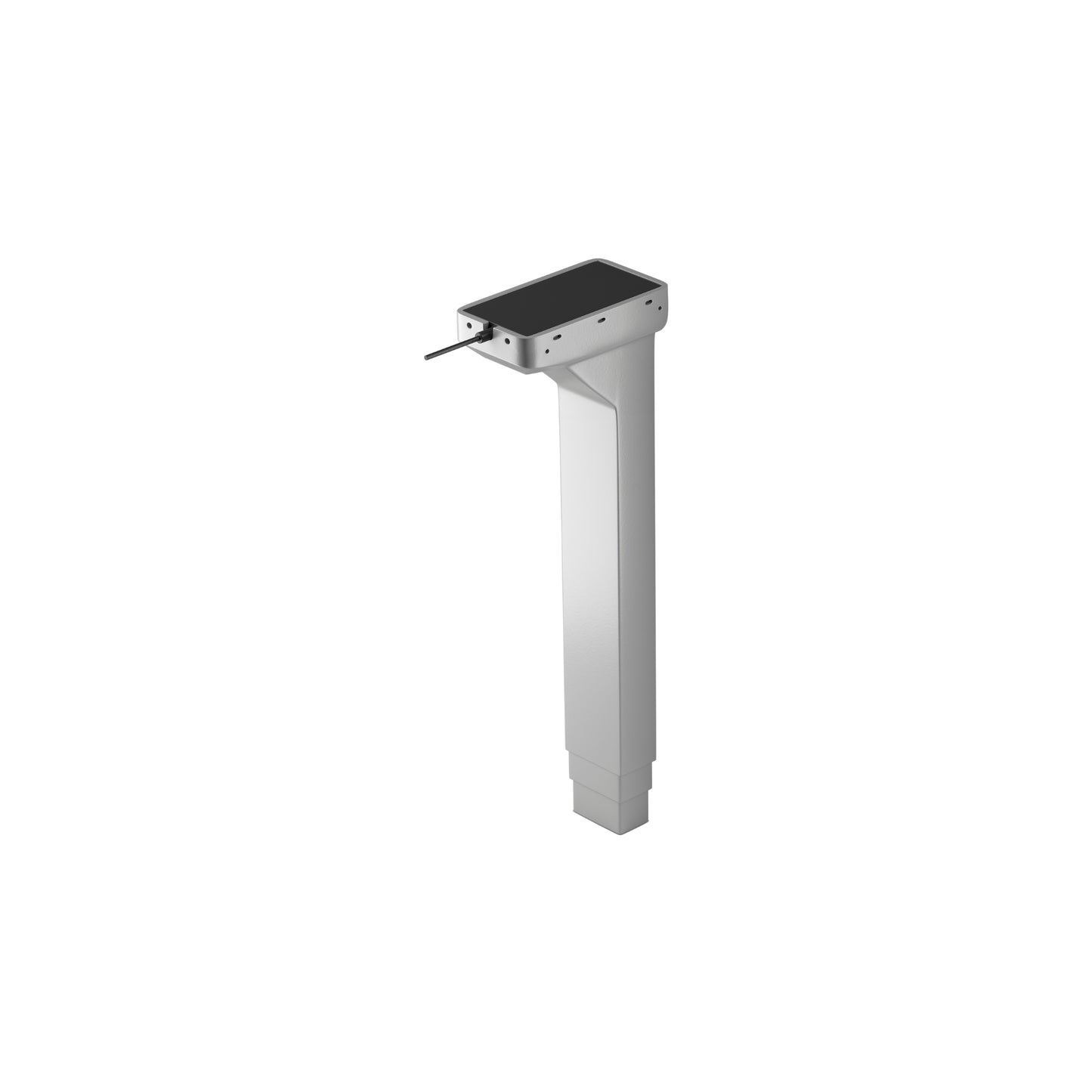
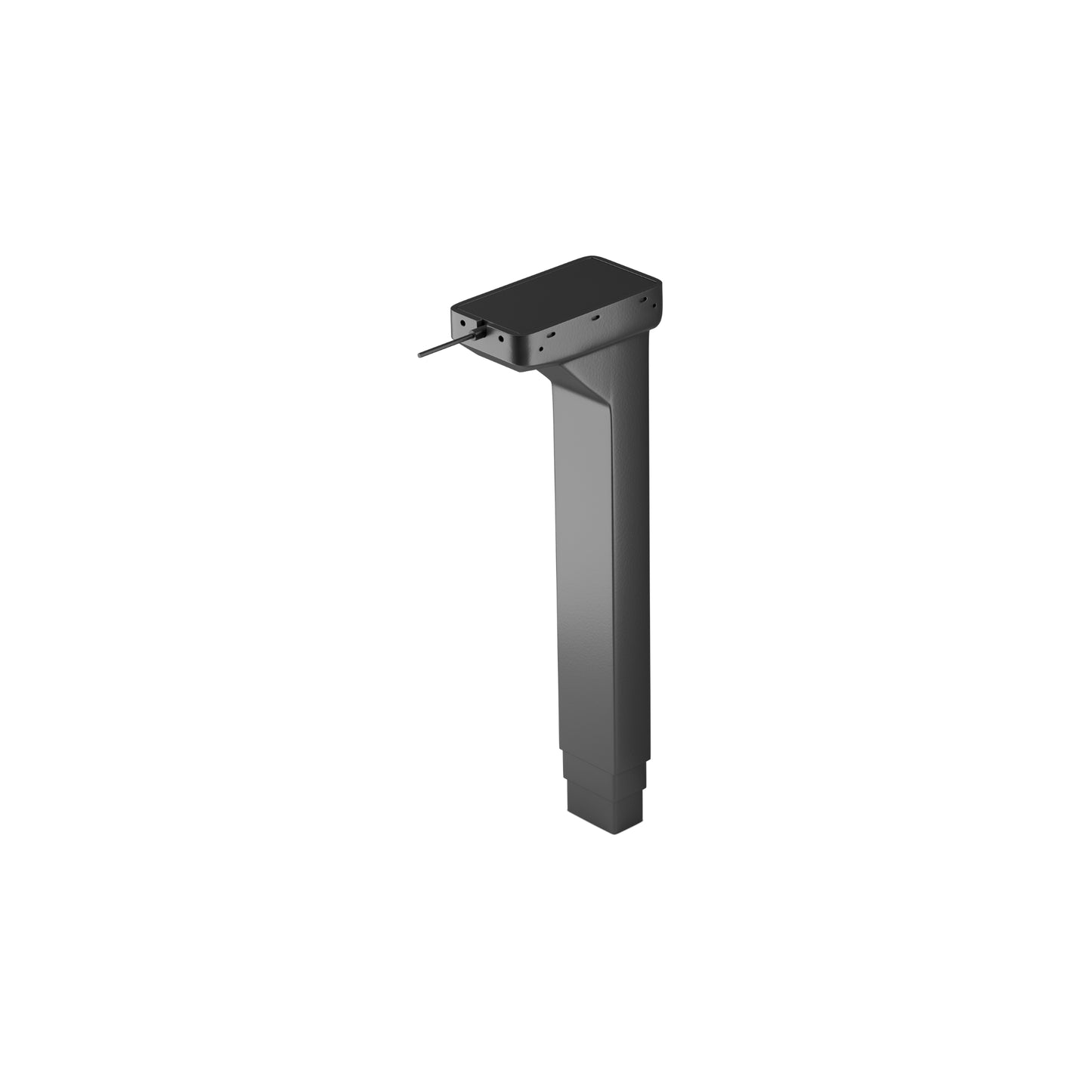
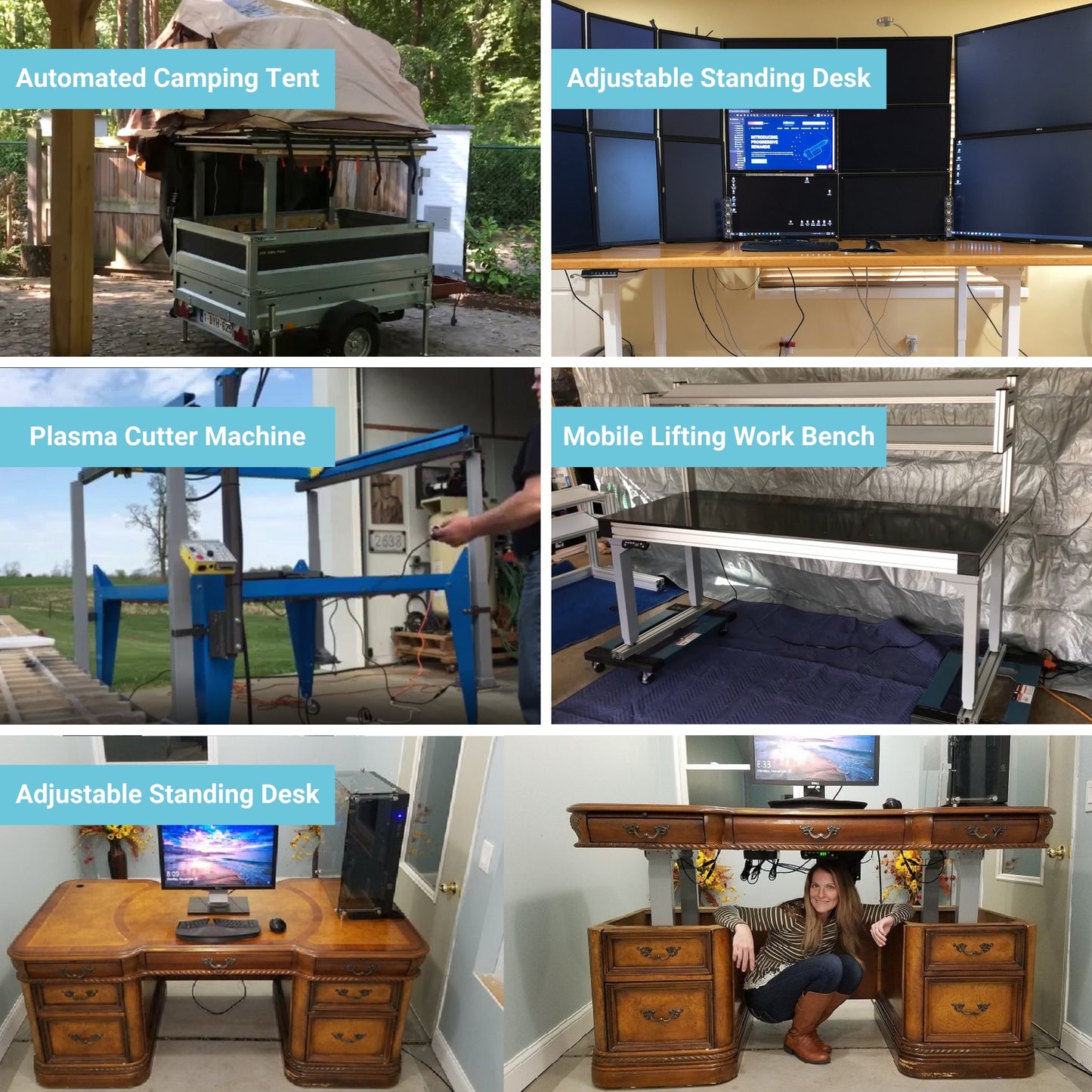
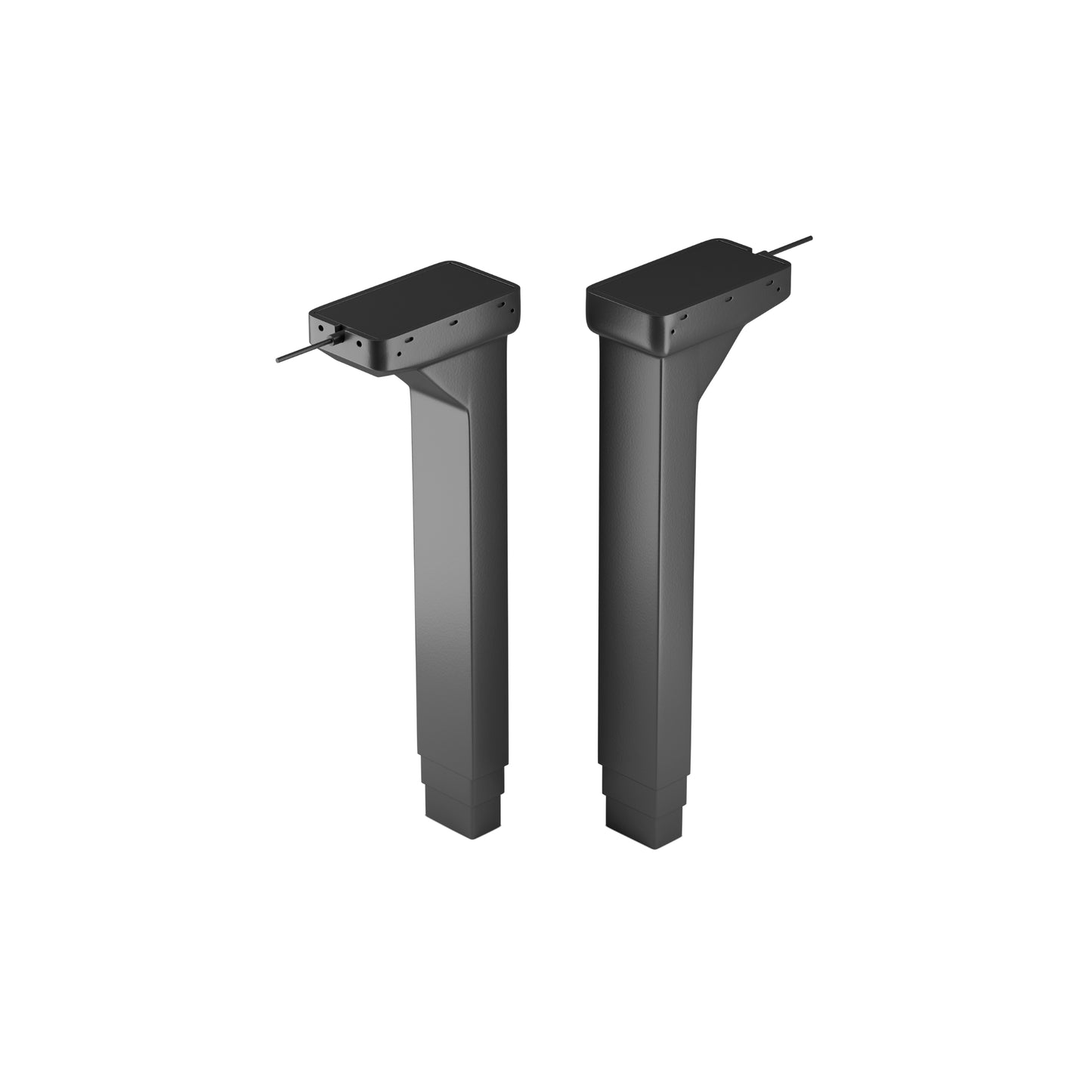
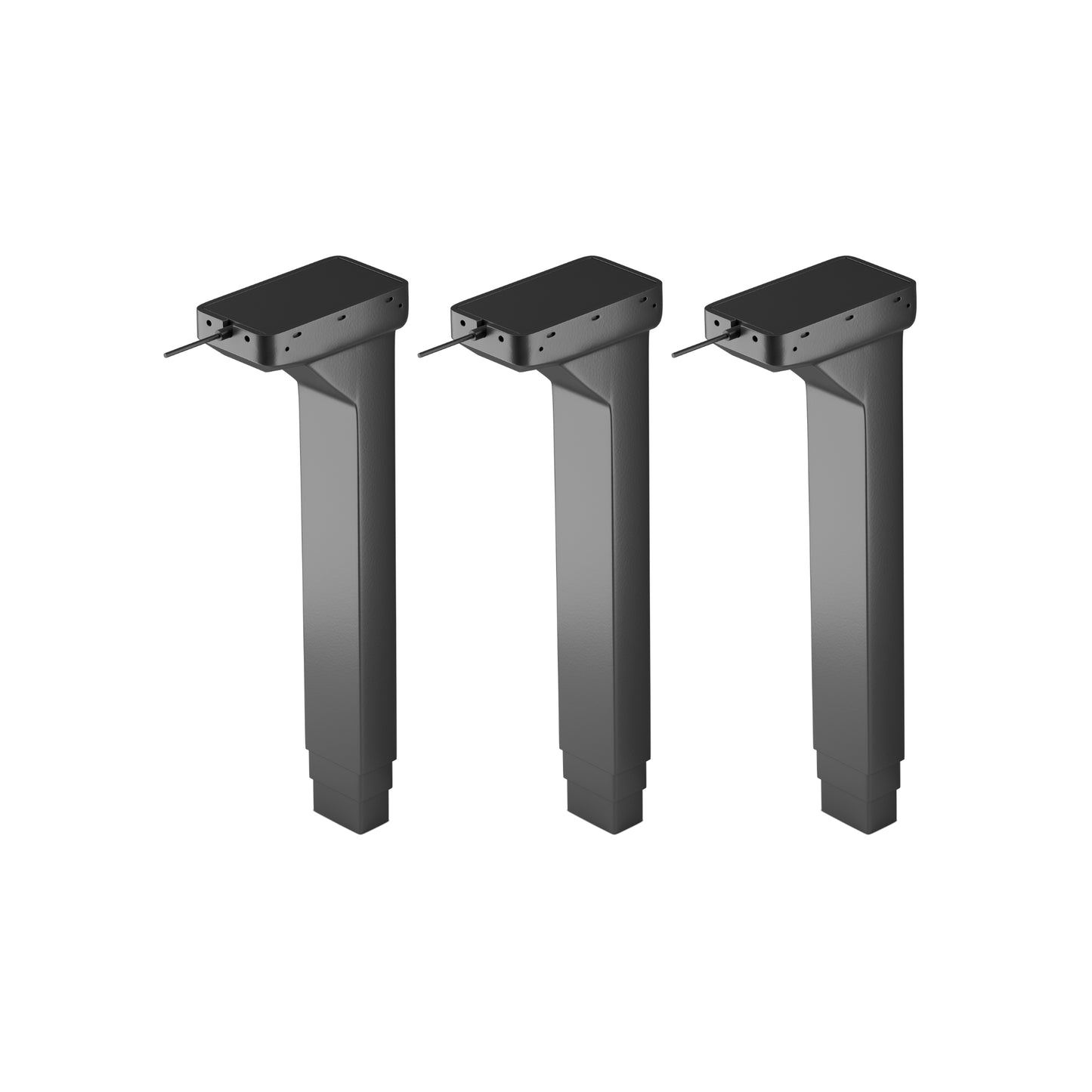
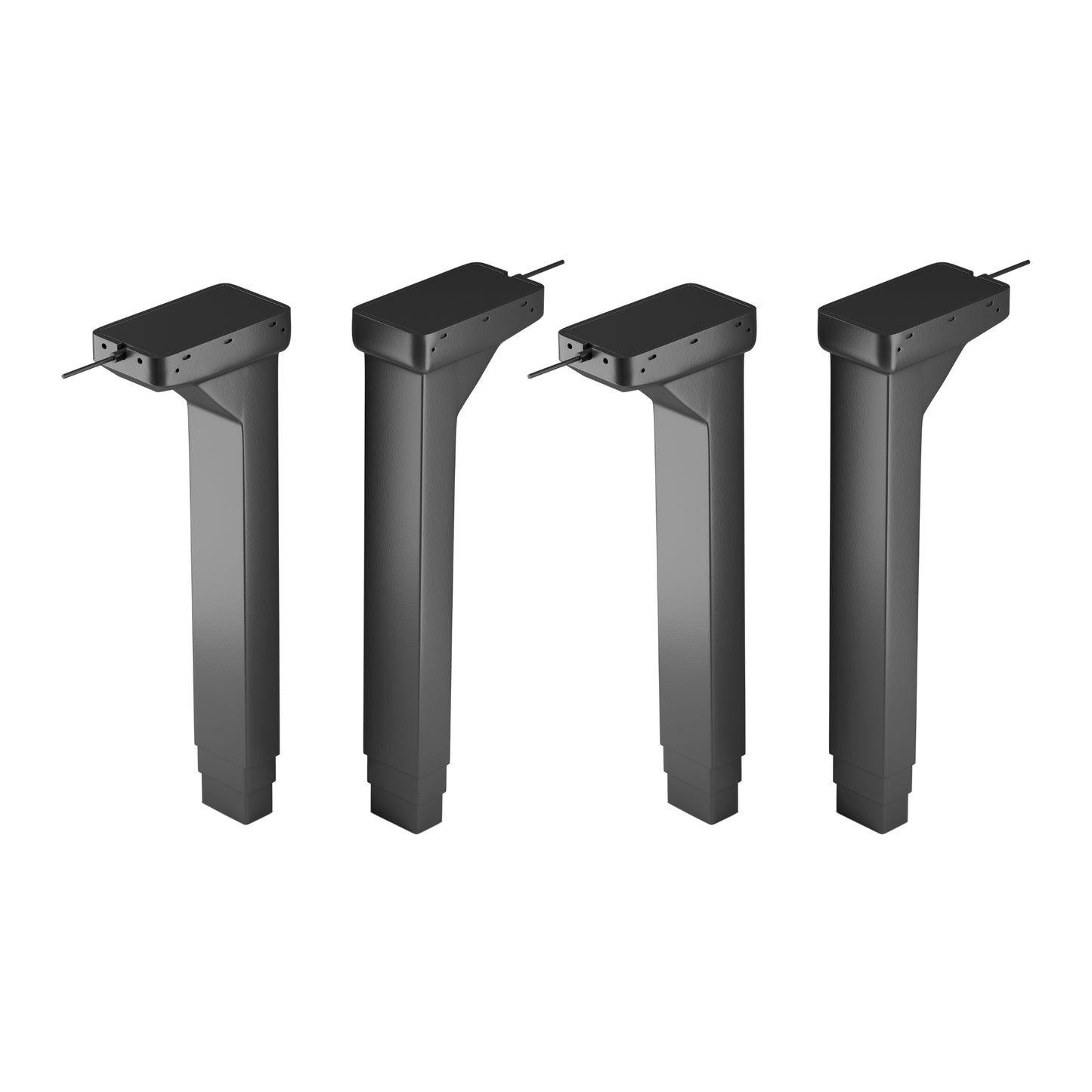
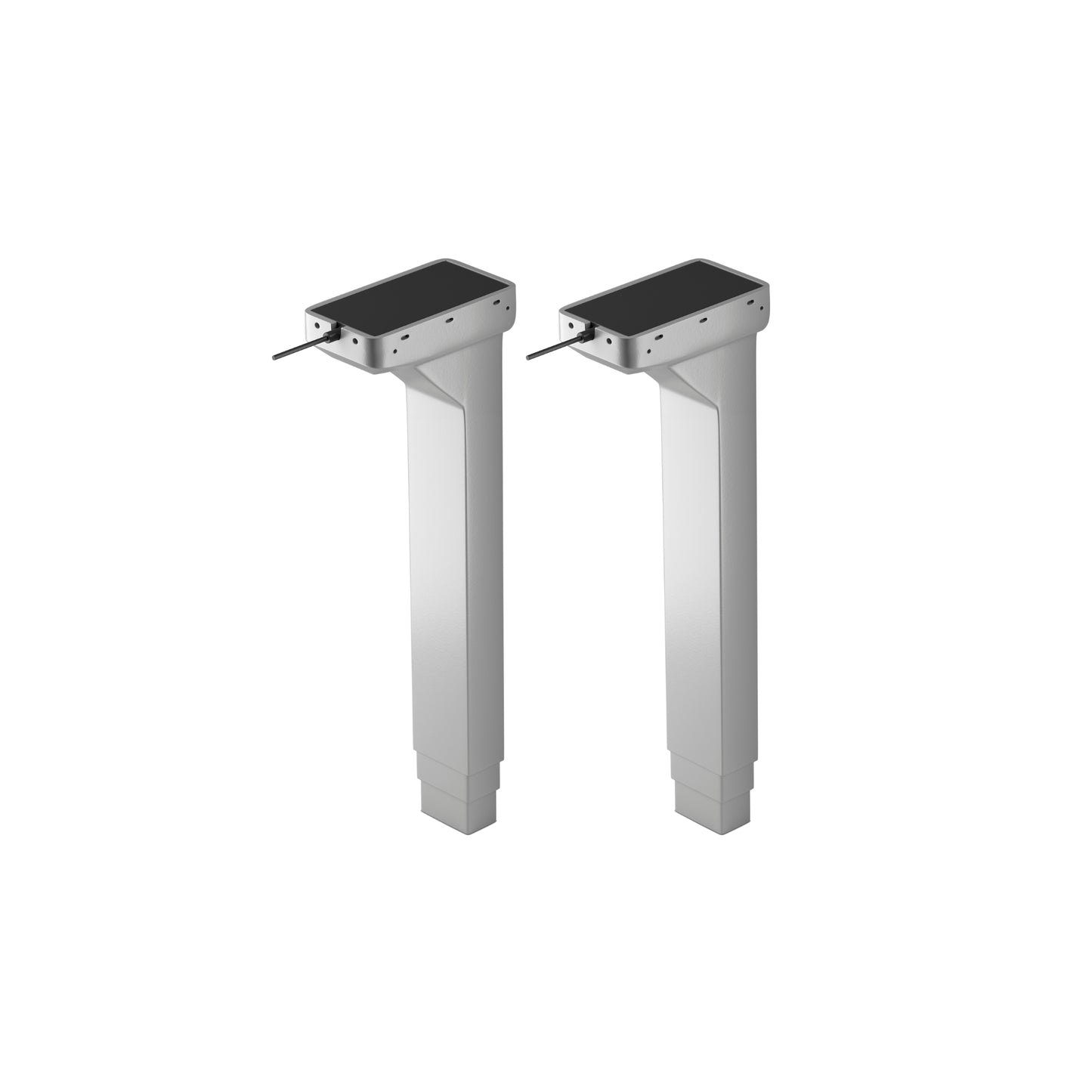
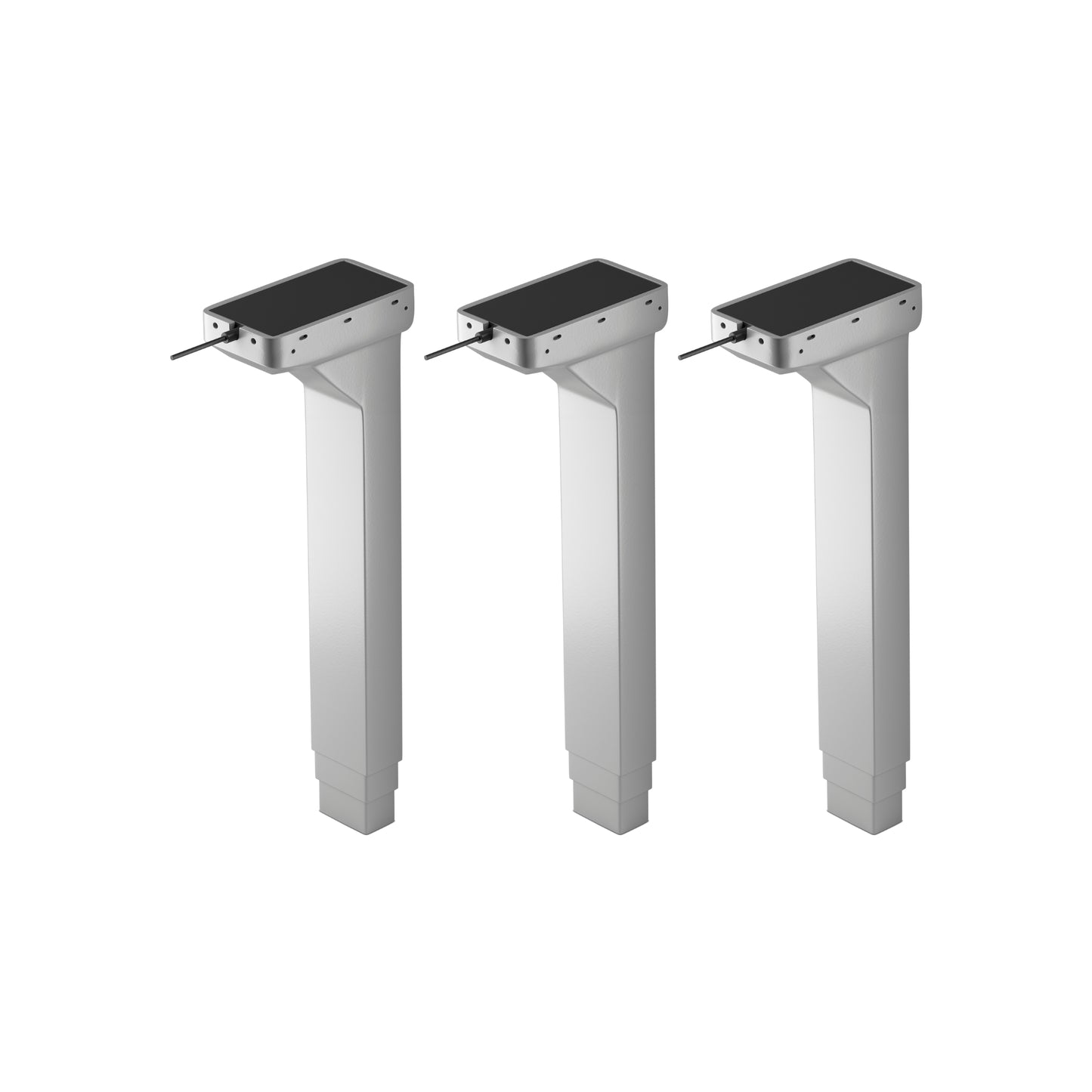
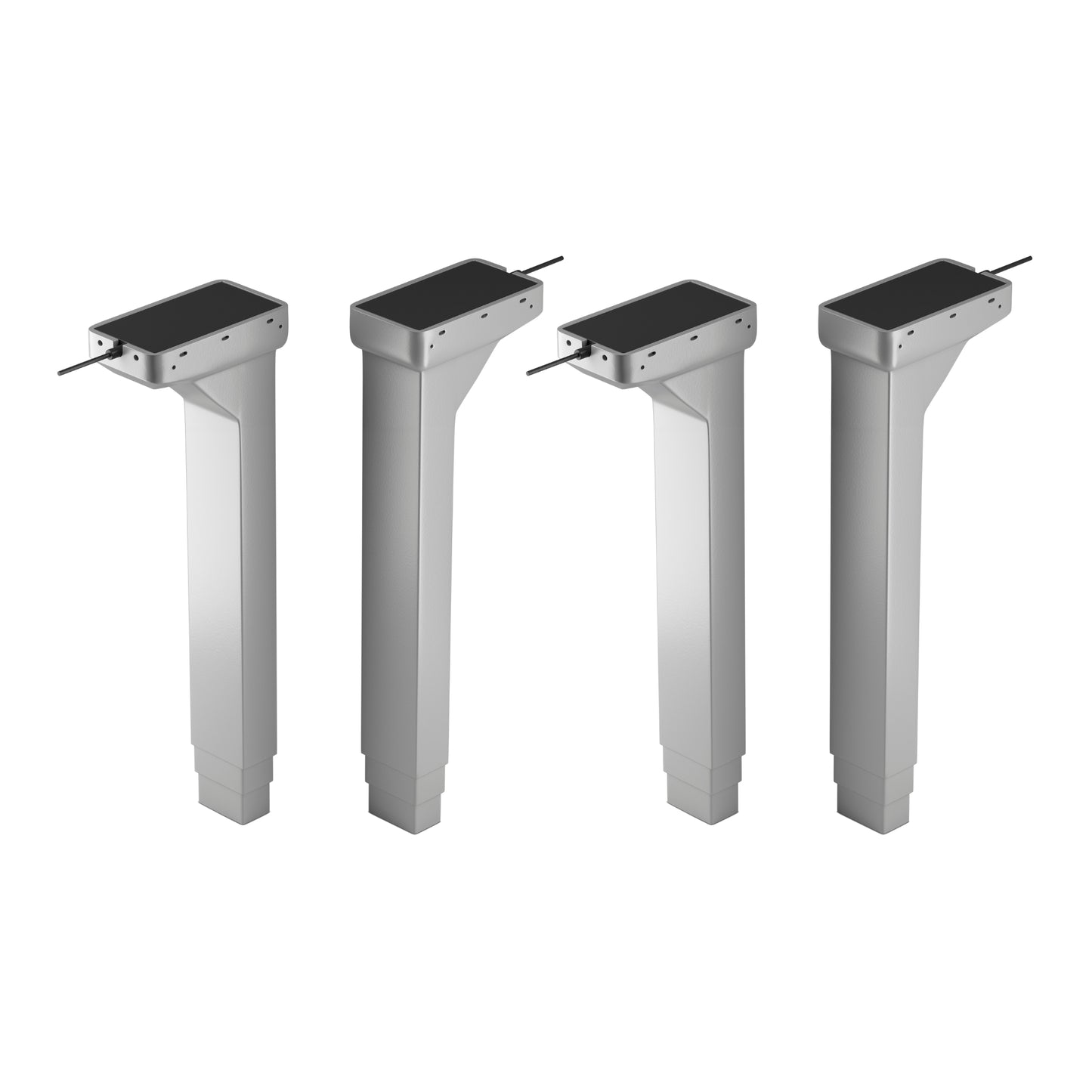
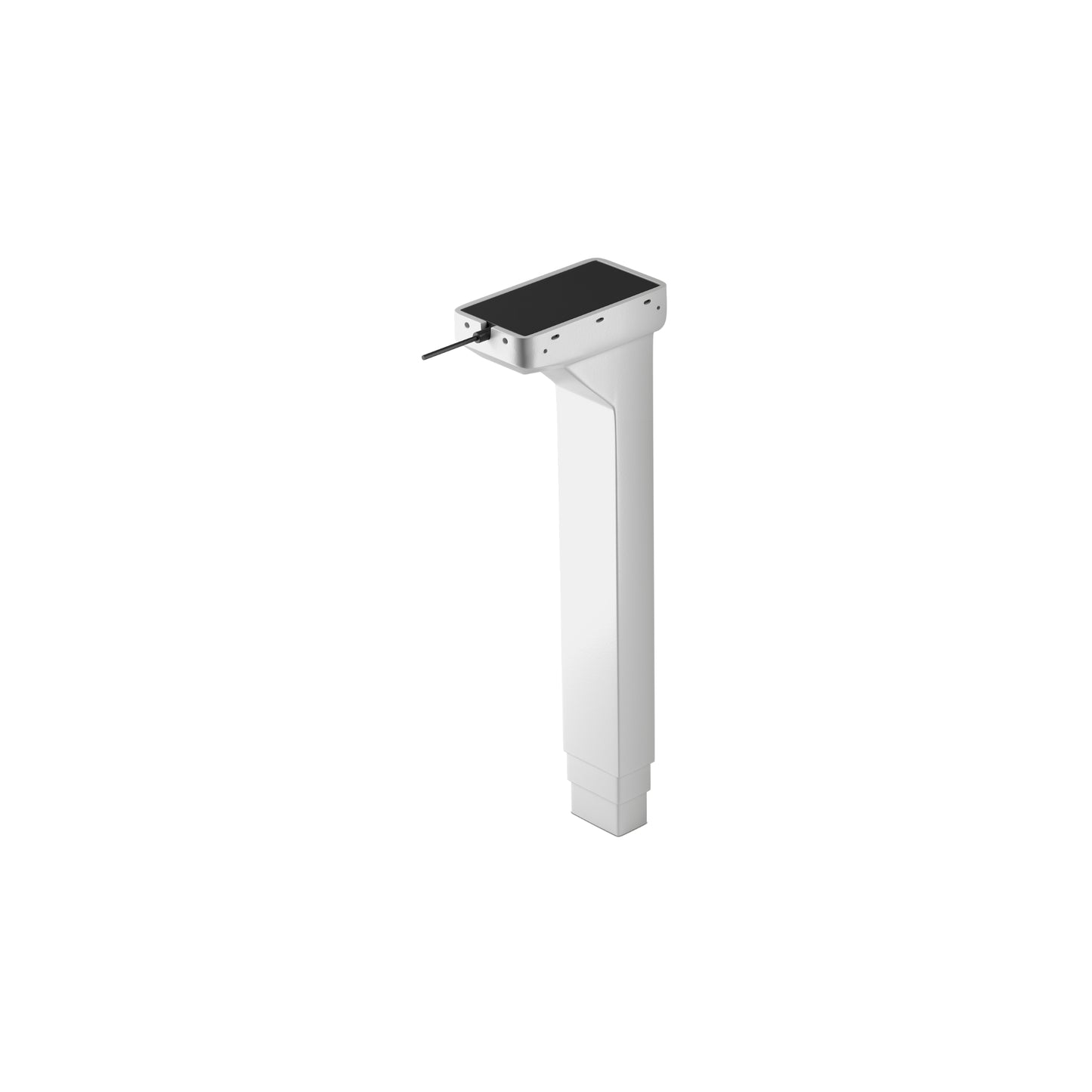
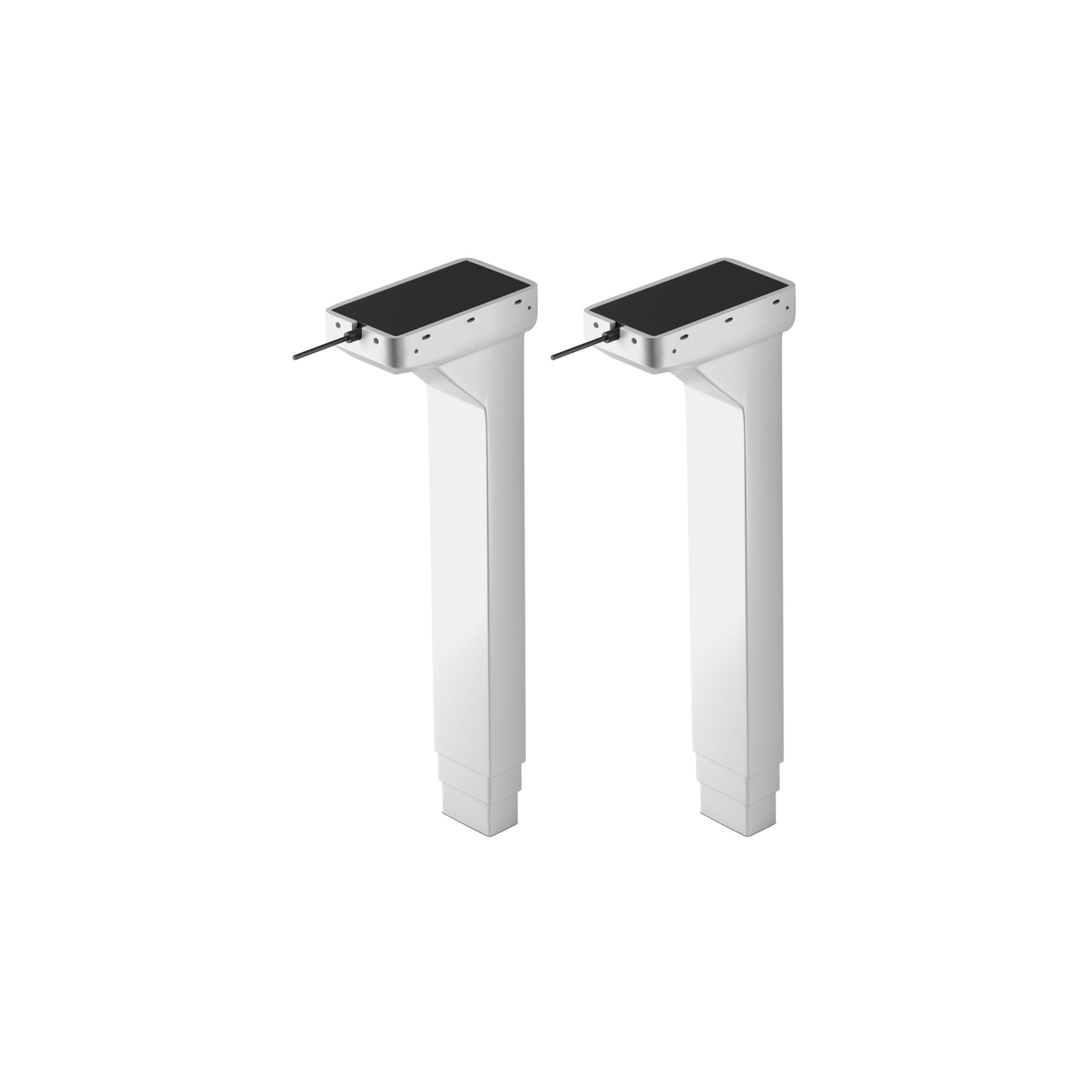
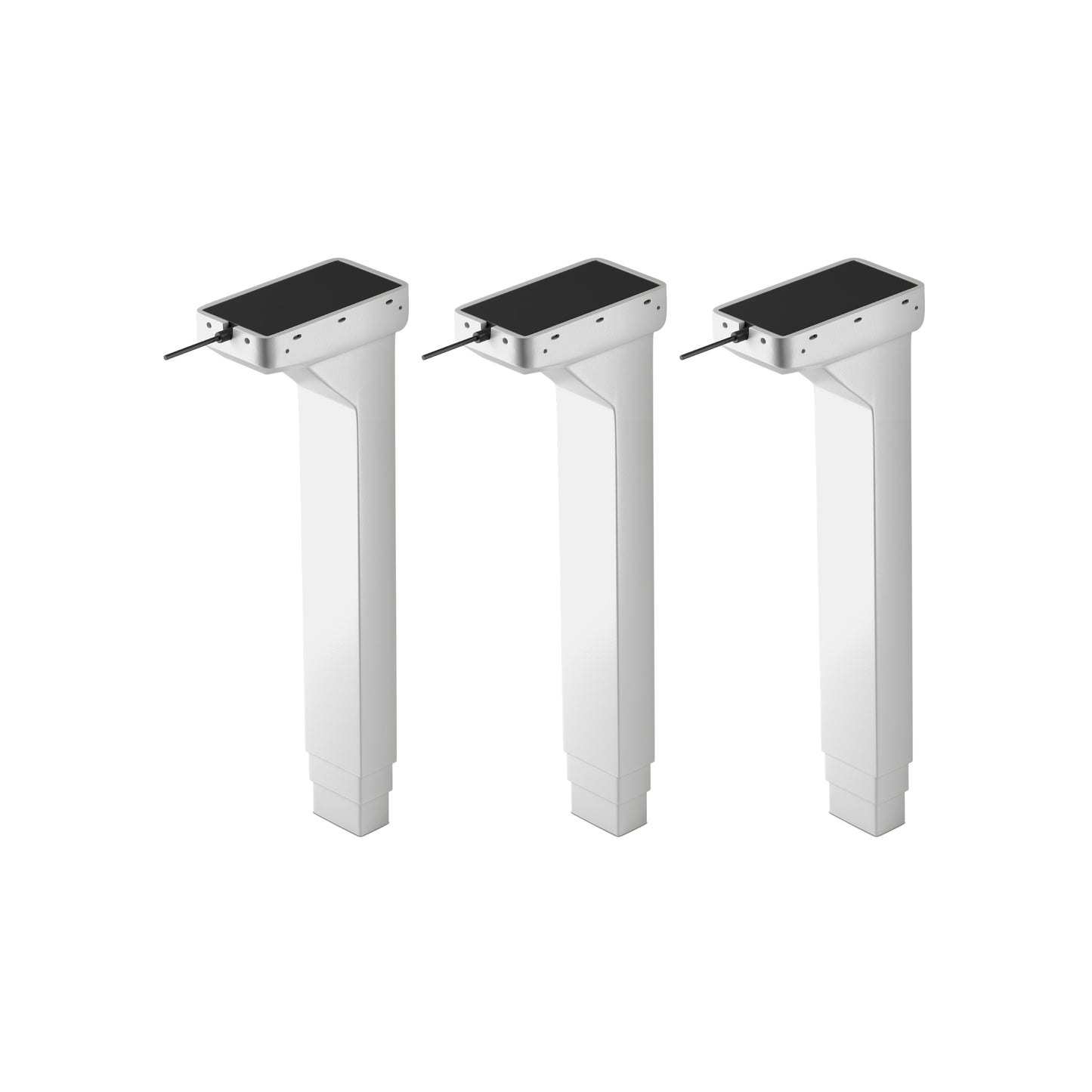
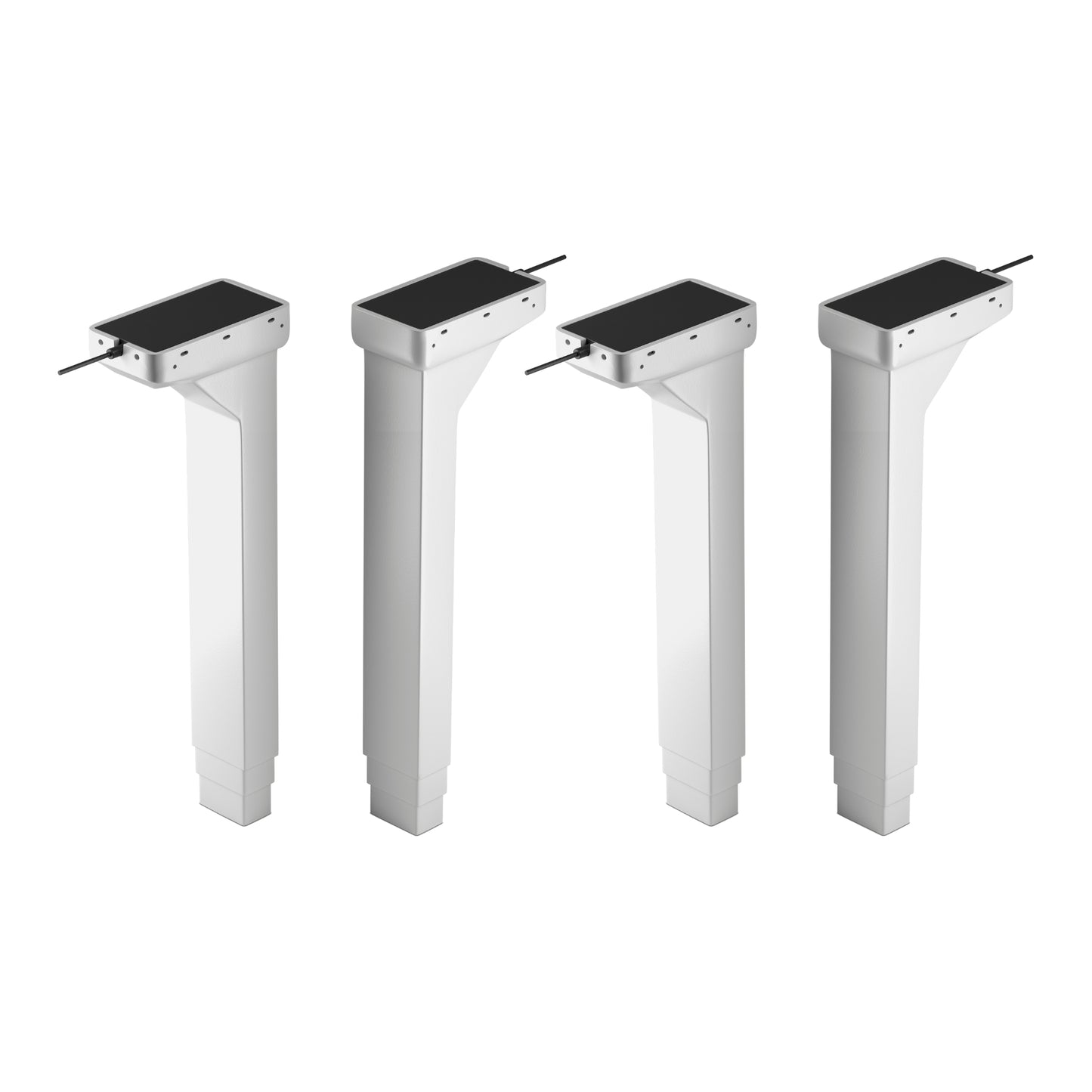
Column set quantity
Craft and personalize your lifting column set by choosing up to 4 legs. Choose between a single-leg compact setup, a two-leg configuration like the standard type standing desk, a three-leg combination for high weight capacity and large surface area, or a four-leg system for maximum weight capacity and size to handle any workstation. Selecting the number of legs you want for a system will help determine which control boxes will be most suitable for synchronization and memory positions and you can finalize the setup by adding the remote of your choice.| Control box | Product image | Input Voltage | Number of legs |
|---|---|---|---|
| FLTCON-1 |  |
110 VAC | 1 |
| FLTCON-2 |  |
110 VAC | 2 |
| FLTCON-2-24VDC |  |
24VDC | 2 |
| FLTCON-3 |  |
110 VAC | 3 |
| FLTCON-4 |  |
110 VAC | 4 |
The LG-02-3RM-25-180-HS-24V are single unit modular lifting columns that can be paired with our remotes and FLTCON series of control boxes that can handle up to 4 legs in a single control system. This column is capable of producing up to 180 lbs of force, allowing for the flexibility to handle a variety of different setups. These customizable leg configurations can also be chosen in black, white, or gray color.
Select from our large range of remote options and enjoy all the unique features of our different programmable wired remotes that can be used together with wireless remotes for extra convenience. Designed with a rectangle column shape, this 3 stage model also has a height range from 23.5" to 49". Installation is a simple procedure with the help of our instructional PDF manual which you can find here. It includes important technical information like the reset procedure and how to operate it as well as a set-up diagram.
The LG-02-3RM-25-180-HS-24V are single unit modular lifting columns that can be paired with our remotes and FLTCON series of control boxes that can handle up to 4 legs in a single control system. This column is capable of producing up to 180 lbs of force, allowing for the flexibility to handle a variety of different setups. These customizable leg configurations can also be chosen in black, white, or gray color.
Select from our large range of remote options and enjoy all the unique features of our different programmable wired remotes that can be used together with wireless remotes for extra convenience. Designed with a rectangle column shape, this 3 stage model also has a height range from 23.5" to 49". Installation is a simple procedure with the help of our instructional PDF manual which you can find here. It includes important technical information like the reset procedure and how to operate it as well as a set-up diagram.
| Input Voltage | 24VDC |
| Travel Distance | 25.5" |
| Height Range | 23.5" to 49" |
| Lifting Capacity | 180lbs |
| Speed | 1.57"/s |
| No Load Speed | 1.57"/s |
| Stages | 3 |
| Shape | Rectangular |
| Number of Remote Options | Various (with Progressive Automations Control Box) |
| Frame Material | Steel |
| Finish | Powder Coat - White, Black, Gray |
| Duty Cycle | 10% (2 minutes on, 18 minutes off) |
| Noise Level | < 50 dB |
| Protection Level | IP51 |
| Warranty | 18 Months |
| Unit Weight | 18.74 lb |
| Energy Saving Mode | More Info |
| Programmable Memory Presets | More Info |
| Charging Port | More Info |
Following a set of standards is crucial for businesses to ensure their products and services can meet a level of quality that promotes customer satisfaction. At Progressive Automations, we aim for nothing but the best for our customers and strive toward continual improvements. Because of this, we are excited to announce that Progressive Automations is now ISO 9001:2015 certified!
Read MoreDepending on your application, there are different specification requirements you should consider when determining the linear actuator you need. These requirements include force, stroke, speed and mounting dimensions. For detailed actuator information, you can refer to either the datasheet or the specification table located on the selected actuator's product page. You can also contact us to speak with one of our expert engineers.
Duty cycle is the fraction of the working period in which a linear actuator can remain active. You can calculate the duty cycle of a linear actuator by using the following equation: Duty cycle (%) = (Time the linear actuator is active) / (Time for one working period)
For example: With a 25% duty cycle, an actuator can run for 5 minutes continuously before needing to rest for 15 minutes before operating.
Stroke is the travel distance of the extending rod. To find the stroke length you require, measure your application from the fully retracted position to the fully extended position. The difference will equal the stroke length you require.
We always recommend purchasing an actuator with a higher force rating than what the application requires. If unsure of your force requirements, this article may help you calculate this: How to Calculate Force to Find the Right Linear Actuator
Yes, this is possible. However, it does depend on the units you are currently using. To synchronize actuators, they require a form of feedback such as a potentiometer or hall effect sensors. For more information, see below some of our key content regarding linear actuator synchronization.
The control box you choose should be able to provide sufficient voltage and current rating to your actuator. If you are unsure of the specifications, please contact us.
Alternatively, you can also find compatible control boxes on your selected linear actuator's product page.
Backdriving is when an actuator starts sliding down under load, when it is either overloaded or when the actuator has been damaged. Watch the video.
What Does Dynamic and Static Load Ratings Mean?Dynamic load rating is the amount of weight an actuator can pull or push safely when being powered. Static load rating is the amount of weight the actuator can hold or withstand without back driving when it is not being powered. For example, let's just say you have an actuator installed on a window and the static load rating of the actuator is 100lbs, it could experience backdriving when there is a high wind event, which means there will be more pressure exerted on the actuator which would exceed the 100lbs load rating of the actuator.
What Is Lateral Loading?Lateral loading is when the actuator experiences forces from the lateral plane. Actuators are not meant to handle lateral forces at all so if it experiences any lateral forces, it will likely damage the actuator or bend the rod. So it's advised never to use lateral forces and always make sure the actuator is fully in line or in sync with your application, so it does not take any load other than the axial load. Watch the video.
